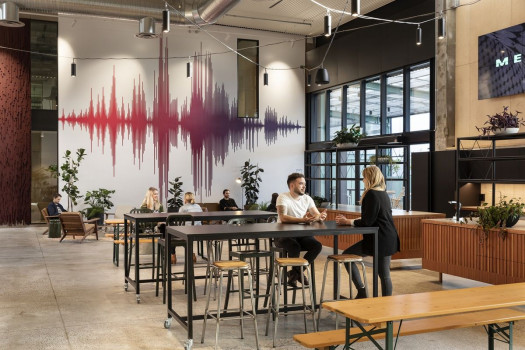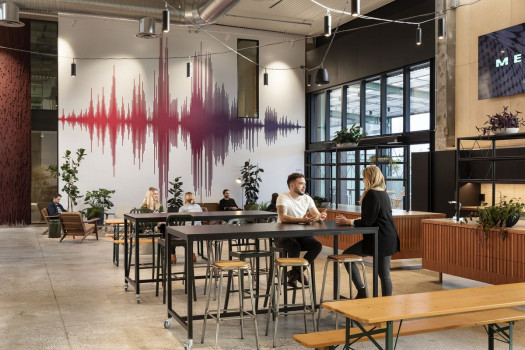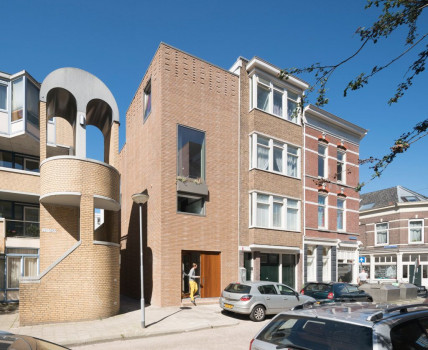6 Ways to Implement Biophilic Interior Design in Your Home




Visual connection with nature
.jpg)
©Shutterstock
Visual plays an important part in biophilic interior design. At the least, you could display nature or greenery as part of your interior visual. For example, you can have trees on the front terrace or inner court of your house, hang a few planters in the kitchen, or build a small herb garden on the balcony. For those with limited space, a vertical garden can be an option. Prioritise real plants than artificial ones, but artificial ones are still than no plants at all.
Presence of water
.jpg)
©Shutterstock
Water appearance has proved to have a calming effect on our mind and soul. The experience of seeing, hearing and touching water can create a particular sense of can create a sense of being close with nature, which then brings a positive impact to our emotional well-being. You can create the presence of water through features like aquarium, pond, water wall, fountain and small reflecting pools around your home.
Material connection with nature
.jpg)
©Shutterstock
Green materials are preferable in biophilic interior design. When it comes to choosing the right materials for your home interior, you can look for renewable natural material like bamboo, modified clay, bricks, etc. Minimising the material finishing to display the natural or bare texture of the materials is one of the ideal ways to emphasise the natural feel of you interior.
A spot of refuge
.jpg) ©Shutterstock
©Shutterstock
One of the luxuries you could have when living in the middle of a bustling city is a spot of refuge that is tranquil, free of any noise. Having a spot of refuge that is enclosed and surrounded with greenery is a part of a good biophilic interior design implementation. This enclosed space could be the inner court in your house or simply your bedroom that has been soundproofed from the external noise.
Ideal lighting
.jpg)
©Shutterstock
Ideal lighting refers to a good balance of natural and artificial lighting. Good lighting in our home has a significant effect on productivity as well as visual comfort. Good lighting design can also help to create a subtle and comfortable transition between indoor and outdoor space.
Thermal comfort throughout the house
.jpg)
©Shutterstock
A house that has thermal comfort will feel refreshing, cosy and healthy. Thermal comfort can be achieved by having ideal airflow throughout the house, be it by air conditioning or natural ventilation. It is also important to have ideal humidity in the house to prevent the growth of mould and bacteria.




 Indonesia
Indonesia
 Australia
Australia
 New Zealand
New Zealand
 Hongkong
Hongkong
 Singapore
Singapore
 Malaysia
Malaysia







